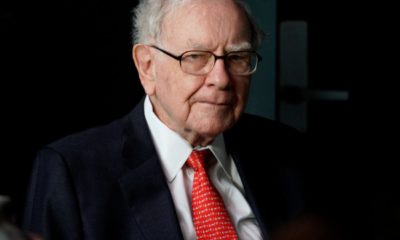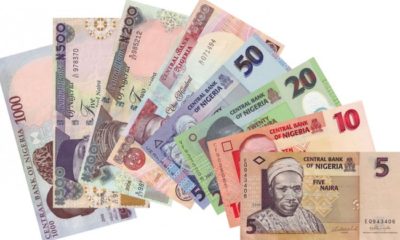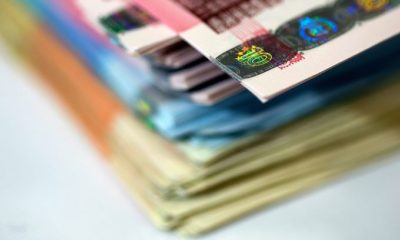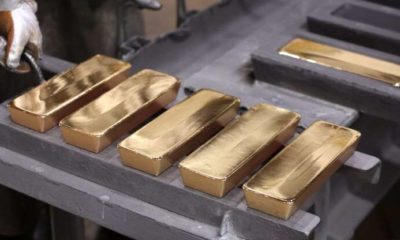Gold emerged as a star performer as the Federal Reserve adopted a more patient stance, sending the precious metal soaring to new heights.
Amidst a backdrop of uncertainty, gold’s ascent mirrored investors’ appetite for safe-haven assets and reflected their interpretation of the central bank’s cautious approach.
Following the Fed’s decision to maintain interest rates at their current levels, gold prices surged toward $2,330 an ounce in early Asian trade, building on a 1.5% gain from the previous session – the most significant one-day increase since mid-April.
The dovish tone struck by Fed Chair Jerome Powell during the announcement provided the impetus for gold’s rally, as he downplayed the prospects of imminent rate hikes while underscoring the need for further evidence of cooling inflation before considering adjustments to borrowing costs.
This tempered outlook from the Fed, which emphasized patience and data dependence, bolstered gold’s appeal as a hedge against inflation and economic uncertainty.
Investors interpreted the central bank’s stance as a signal of continued support for accommodative monetary policies, providing a tailwind for the precious metal.
Simultaneously, the Japanese yen surged more than 3% against the dollar, sparking speculation of intervention by Japanese authorities to support the currency.
This move further weakened the dollar, enhancing the attractiveness of gold to investors seeking refuge from currency volatility.
Gold’s ascent in recent months has been underpinned by a confluence of factors, including robust central bank purchases, strong demand from Asian markets – particularly China – and geopolitical tensions ranging from conflicts in Ukraine to instability in the Middle East.
These dynamics have propelled gold’s price upwards by approximately 13% this year, culminating in a record high last month.
At 9:07 a.m. in Singapore, spot gold was up 0.3% to $2,326.03 an ounce, with silver also experiencing gains as it rose towards $27 an ounce.
The Bloomberg Dollar Spot Index concurrently fell by 0.3%, further underscoring the inverse relationship between the dollar’s strength and gold’s allure.
However, amidst the fervor surrounding gold’s surge, palladium found itself trading below platinum after dipping below its sister metal for the first time since February.
The erosion of palladium’s long-standing premium was attributed to a pessimistic outlook for demand in gasoline-powered cars, highlighting the nuanced dynamics within the precious metals market.
As gold continues its upward trajectory, investors remain attuned to evolving macroeconomic indicators and central bank policy shifts, navigating a landscape defined by uncertainty and volatility.
In this environment, the allure of gold as a safe-haven asset is likely to endure, providing solace to investors seeking stability amidst turbulent times.

 Billionaire Watch3 weeks ago
Billionaire Watch3 weeks ago
 Startups4 weeks ago
Startups4 weeks ago
 News4 weeks ago
News4 weeks ago
 News4 weeks ago
News4 weeks ago
 Bitcoin4 weeks ago
Bitcoin4 weeks ago
 Naira4 weeks ago
Naira4 weeks ago
 Forex3 weeks ago
Forex3 weeks ago
 Treasury Bills4 weeks ago
Treasury Bills4 weeks ago















